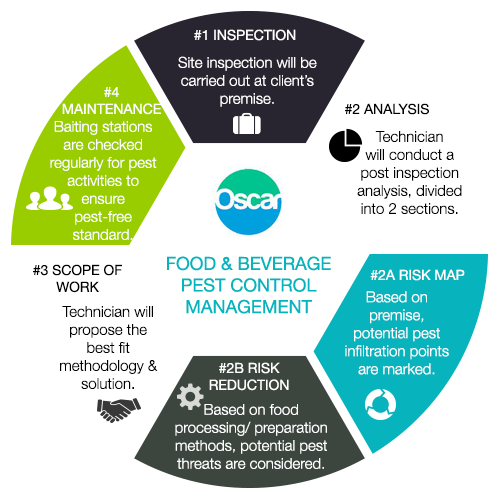Are You Eager To Find The Secrets Bordering Numerous Sorts Of Termites And Their Exciting Actions?
Are You Eager To Find The Secrets Bordering Numerous Sorts Of Termites And Their Exciting Actions?
Blog Article
Authored By-McCartney Guerra
When observing the intricate world of termites, you'll discover a diverse variety of species, each with its own distinctive habits and environments. Below ground termites may seem unassuming as they build mud tubes, but their effect on wooden frameworks is much from minimal. However, drywood termites offer a different difficulty, staying within the extremely timber they eat, escaping simple detection. As you think about these subtleties in termite behavior, a much deeper understanding of these pests' complex cultures and survival techniques emerges, shedding light on the value of more exploration into their globe.
Common Kind Of Termites
When determining typical types of termites, it's important to understand their distinctive characteristics and actions. Among one of the most prevalent types is the subterranean termite. These termites live in the soil and construct complex mud tubes to gain access to food resources over ground. Subterranean termites are understood for their harmful feeding habits, often targeting wooden frameworks within homes.
One more common type is the drywood termite. Unlike below ground termites, drywood termites don't require contact with the dirt. Instead, they live directly within the timber they eat. These termites can be harder to find as they don't construct mud tubes, making their visibility more challenging to identify until considerable damages has actually been done.
Formosan termites are one more widespread kind known for their aggressive feeding habits. They can consume timber at a rapid rate, bring about comprehensive structural damages if left untreated. Determining these typical types of termites beforehand is important in carrying out effective parasite control measures to protect your building.
Behavior Patterns of Termites
Comprehending the habits patterns of termites is vital for properly managing and protecting against infestations in your residential or commercial property. These small parasites can create substantial damages if left unchecked. Below are four key actions patterns of termites that you should be aware of:
1. ** Social Structure **: Termites live in swarms with a defined pecking order containing employees, soldiers, and the queen. Comprehending this framework can aid in targeting the resource of the invasion.
2. ** Feeding Behaviors **: Termites prey on cellulose located in wood and various other plant products. wasp nest removal near me can take in large amounts of wood, bring about architectural damage if not controlled promptly.
3. ** Nesting Habits **: Termites construct intricate nests that can differ based upon the varieties. Knowing where https://www.candgnews.com/news/experts-warn-against-exposure-to-cold-offer-tips-on-staying-warm-1394 might nest can assist in locating and removing nests.
4. ** Swarming Behavior **: Termite swarms contain winged reproductive people seeking to establish brand-new colonies. Identifying swarmers can suggest a nearby infestation and the requirement for immediate activity.
Handling Termite Infestations
To efficiently handle termite invasions, positive evaluation and targeted treatment are necessary. Consistently examine your building for any indications of termite activity, such as mud tubes, hollow-sounding timber, or disposed of wings. Attending to any kind of issues without delay can help avoid considerable damage to your home. If you presume a termite problem, it's essential to call an expert pest control service for a detailed analysis.
Treatment options for taking care of termite problems differ depending on the severity of the issue. In cases of localized infestations, spot therapies may be effective. However, if https://andreslgzuo.blogthisbiz.com/32300653/maximize-your-understanding-of-rodent-nesting-patterns-to-outmaneuver-these-bugs-and-improve-your-rodent-administration-techniques is widespread, tenting and fumigation may be necessary to remove the termites entirely.
Preventative actions can likewise help in handling termite invasions. These consist of lowering moisture around your home, keeping firewood far from your home, and maintaining a clearance in between soil and wood structures. By being proactive and taking essential safety measures, you can properly manage termite infestations and secure your home from prospective damages.
Conclusion
As you delve into the globe of termites, you'll find an interesting tapestry of actions and attributes. Much like a symphony of nature, each type of termite plays a special duty in the environment.
By comprehending their behavior patterns and handling problems effectively, you can integrate with these small however mighty animals. So grab your conductor's baton and let's manage a termite-free future together!
